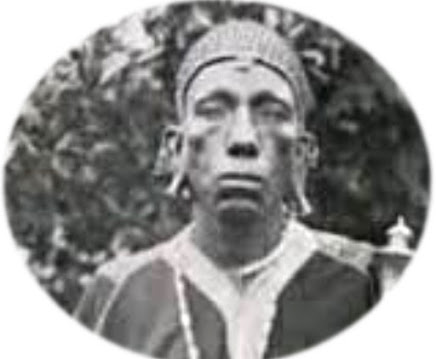What Was the Kikuyu Second Birth Ceremony that Disappeared?

Kikuyu people: Ceremony of the second birth Routledge, writing in the early 1900s, noted that all the Kikuyu clans in his locality took their male children through a ceremony that re-enacted a birth. He termed it appropriately ‘second birth’ and was perplexed by it. He noted that “the symbolical second birth is perhaps the most mysterious of the Kikuyu rites…” Routledge tried to get to the bottom of the rite, but much as he tried, the Kikuyu would not let him in on it. He even offered to be taken through the rite himself, while his wife offered to be one of the birth attendants. Routledge records that “no amount of bribery or use of personal influence prevailed to permit either of us to witness it.” The European couple was, however, fortunate to have among their servants “natives who have freed themselves from tradition,” who described the procedure, having gone through the ceremony themselves. For those who have read my writings about the Kikuyu having come from ancient Egyp...

